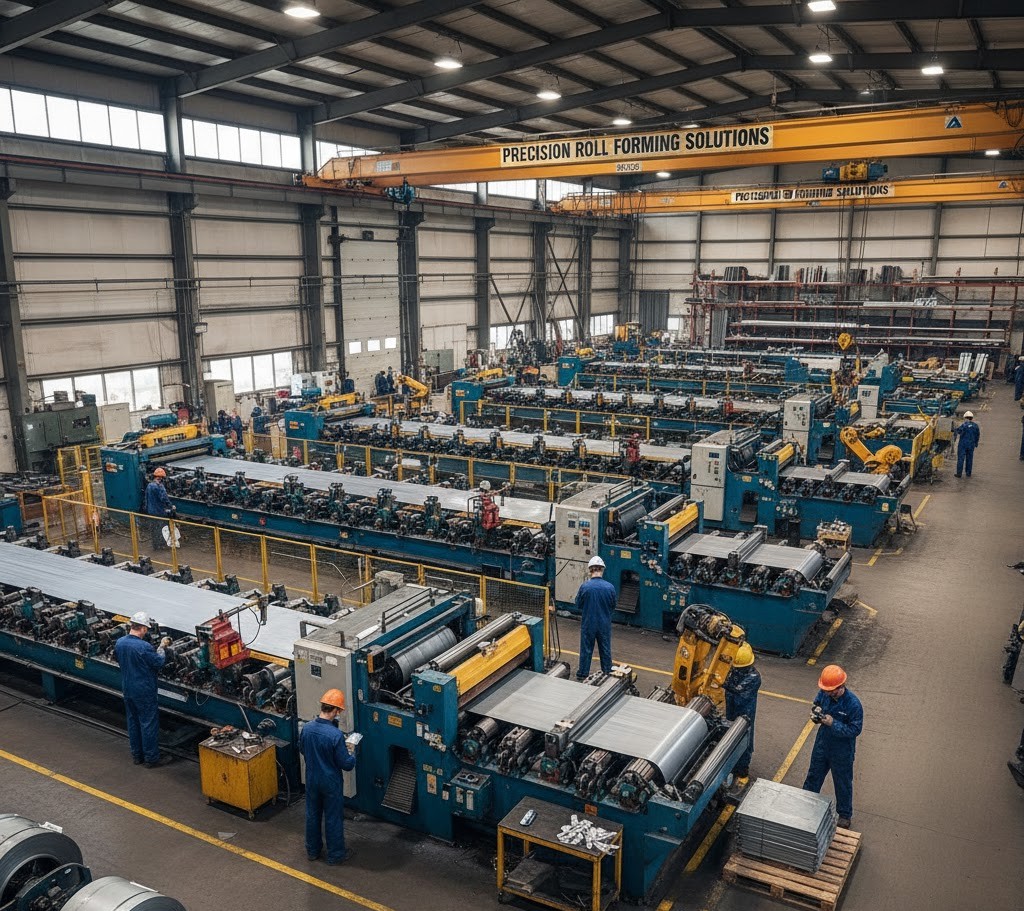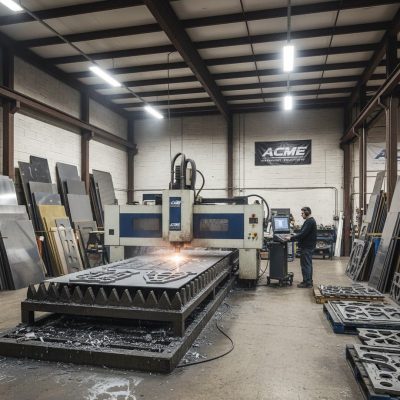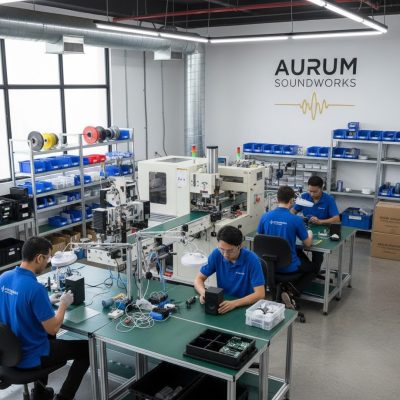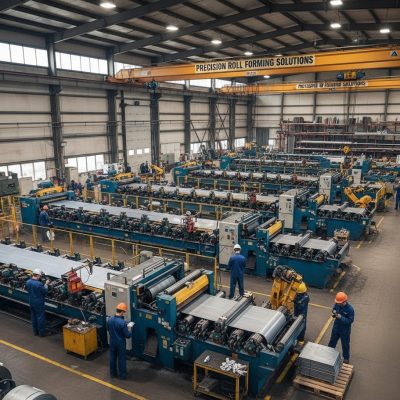In the competitive world of custom metal forming, where precision and efficiency are paramount, aligning procurement strategies with production goals can be the difference between thriving and merely surviving. Custom metal forming involves processes like bending, stretching, deep drawing, and shearing to create bespoke parts for industries such as automotive, aerospace, and construction. However, mismatched procurement—such as delayed material deliveries or subpar quality—can disrupt production schedules, inflate costs, and compromise quality. This blog post explores practical steps, tools, and strategies to achieve seamless alignment, drawing from industry best practices.
Understanding Production Goals in Custom Metal Forming
Production goals in custom metal forming typically revolve around key metrics: on-time delivery, cost efficiency, quality assurance, and flexibility to handle variable demand. For instance, in a high-mix, low-volume environment, goals might include minimizing setup times, reducing waste, and ensuring consistent throughput. Achieving these requires a holistic approach where procurement isn’t siloed but integrated into the production workflow.
One effective framework is adapting lean manufacturing principles to custom fabrication. This involves identifying product families based on shared processing needs, materials, or customer requirements, which simplifies routings and enables better flow in production cells.
The Role of Procurement in Supporting Production
Procurement in metal forming focuses on sourcing raw materials like steel sheets, alloys, or specialty metals, as well as selecting suppliers for fabrication services. Strategic sourcing ensures access to high-quality materials at competitive prices while mitigating risks like supply chain disruptions. By partnering with steel service centers, companies can leverage bulk buying, reduce inventory costs, and gain value-added services like precision cutting or custom fabrication, directly supporting production efficiency.
Key benefits include stable supply chains through long-term contracts, reduced lead times via streamlined procurement, and enhanced collaboration for innovation—all of which align with production objectives like consistent material availability and cost management.
Steps to Align Procurement and Production
To bridge procurement and production, follow these actionable steps, inspired by proven methodologies in metal fabrication.
- Map Your Value Stream: Start with value stream mapping (VSM) to visualize the flow from quote to cash, including purchasing, material receipt, and production. Identify bottlenecks and create a future-state map that integrates procurement timing with production needs, ensuring materials arrive just-in-time (JIT) to avoid stockouts or excess inventory.
- Implement Capacity Planning Tools: Develop tools to monitor demand and capacity using metrics like takt time adapted for variable products (e.g., based on dollars or process-specific units). This allows procurement to forecast material needs proactively, aligning purchases with upcoming production surges and preventing overloads.
- Leverage Procurement Software: Metal fabrication procurement software integrates supply chain visibility, inventory management, and production scheduling. Features like post-award follow-ups and project management enhance supplier collaboration to synchronize procurement with production, minimizing downtime and costs.
- Evaluate Suppliers with Key Considerations: When sourcing partners, assess capabilities (e.g., services like cutting, bending, and assembly), experience and quality (e.g., certifications like ISO), costs (comparing apples-to-apples quotes), and overall fit. This ensures suppliers can handle custom requirements, comply with standards, and deliver cost-effectively, directly supporting production goals like quality and scalability.
- Monitor Procurement KPIs: Track KPIs such as ease of doing business, which emphasizes hassle-free communication and transparency to build confidence and enjoyable partnerships. Aligning these with production metrics like on-time delivery and inventory turns fosters relationships that enhance overall performance.
- Establish Pull Systems and Continuous Improvement: Shift to pull systems where production triggers procurement (e.g., via kanban), ensuring materials flow based on actual needs. Commit to ongoing improvements in metrics like throughput and lead times, revising strategies as job mixes evolve.
Overcoming Challenges
Common challenges include supply volatility, information inaccuracies, and layout inefficiencies. Address these through total productive maintenance (TPM) for equipment reliability, quick changeovers to reduce setups, and revised layouts for better material flow. Strategic sourcing mitigates risks by diversifying suppliers and using forecasting tools.
Conclusion
Aligning procurement with production goals in custom metal forming isn’t just about buying materials—it’s about creating a synchronized ecosystem that boosts efficiency, reduces costs, and drives innovation. By implementing value stream mapping, procurement systems, strategic supplier selection, and continuous monitoring, manufacturers can achieve excellence in a dynamic industry.
Get the White Paper: Streamlining Procurement Processes for SMB Manufacturers
Get instant access to our white paper on Must-Know Procurement Tips for SMB Manufacturers by filling out the form below.
Get in Touch
Learn more about Lasso supply chain solutions for SMB manufacturers
Please complete the form and we will be in touch as soon as possible.







